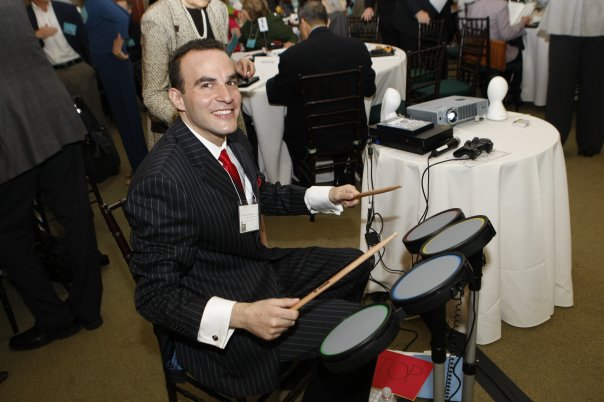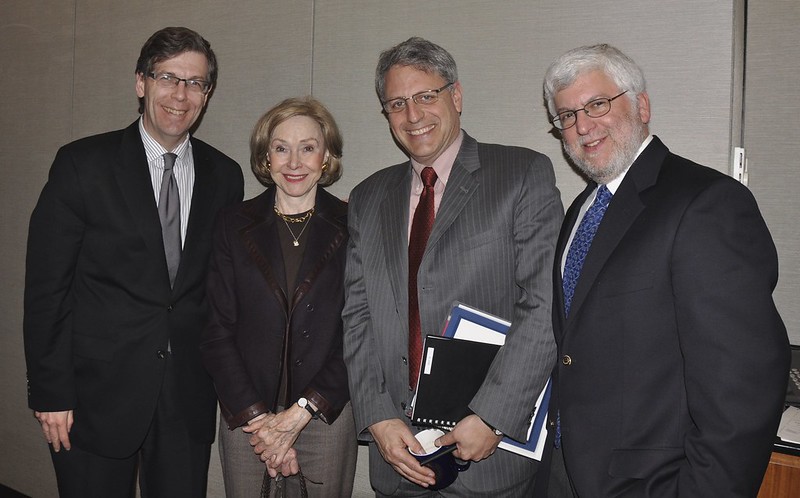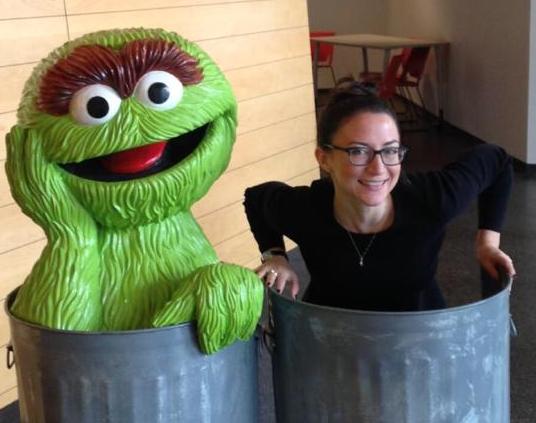Michael Levine, PhD, was the founding executive director of the Joan Ganz Cooney Center from 2007-2018. We’re grateful for his leadership and vision for the first decade and beyond!
 When you think back on your time at the Cooney Center and the work that we’ve done, what are some of the things that you’re proudest of?
When you think back on your time at the Cooney Center and the work that we’ve done, what are some of the things that you’re proudest of?
The Center turned out—partly through planning, and admittedly, through sheer serendipity—to be an incredibly timely enterprise. Who knew when we began planning a “new media” R&D Center in 2007 that “digital content for little fingers and young minds” would emerge as the single most ubiquitous force for young children of perhaps the past 50 years? There was no interactive touch screen at the time, and there certainly were very few high-quality educational choices for preschoolers. In fact, we began the Center as a way for Sesame Workshop to explore what was coming next. Looking back, I am so proud that this mission of discovery is exactly what we did. Through research led by our Director of Research Dr. Lori Takeuchi, whose small but mighty team of fellows and research professionals conducted dozens of studies on everything from whether apps and e-books were educationally robust—to timely topics like how search should be conducted by knowledge-seeking little ones well before they could just use their voices! My own research, communications, and policy background led us to produce thought leadership papers, convenings, and idea incubation, including national design competitions such as the National STEM Video Game Challenge and partnerships with leaders in the “tech for good space,” including MacArthur Foundation, E-Line Media, Google, the Corporation for Public Broadcasting, and many others.
I think the quality of the Center that we should all be most proud of is one that endures to this day. The JGCC is a “think-and-do” tank that has drawn DNA and daily inspiration from the woman who founded the Center and Sesame Street itself, the remarkable Joan Ganz Cooney. I am personally proud and humbled to have created something that bears her name.
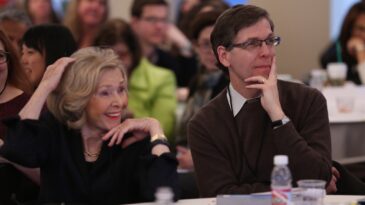
How has the landscape changed for children and families since 2007?
The changes have been jaw-dropping! We launched the Joan Ganz Cooney Center in December 2007 after conducting a study of the “informal digital media landscape”—which included games and digital toys claiming to have educational value. Well, sadly most did not have any evidence to back those claims. It really was a disappointing reminder that educational media—with some notable exceptions—were really much less powerful than kids and parents needed and expected. And then something fairly crazy happened! Apple launched the interactive touch screen with the Phone in 2007 and then, in 2011, the iPad. Competitors quickly launched their own versions, and the creative communities for kids’ interactives took off. Consumption of digital media by younger and younger children grew and the boundaries between “formal and informal” learning began to blur. Fifteen years on, and now nearly three years after COVID shocked the world, the landscape has undergone bracing changes.
First, the great hopes of a digital promise dividend—that literacy levels would rise and knowledge among young children would propel lifelong learning and discovery—has not been fully realized. We did not catalyze a deeply essential educational equity focus across the field, and that remains the biggest disappointment of my tenure at the Center. Second, we had an important debate over consumption and safety—how much is too much for kids, are they protected—without centering the now much more timely and enduring conversation—are the media high quality, generative of positive identity formation and relationship building, culturally attuned, participatory? Post-COVID, we will enter a third set of challenges—how not to fail into a trap of using digital media only for so called “learning recovery,” without authentically changing the strategies that have too often built a moat between home, community, and school experiences for kids.
Can you share a little bit about the impact that the Joan Ganz Cooney Center’s work has had on the children’s media industry over the past 15 years? What are some of the lessons learned?
I believe the Center is well known in different parts of the digital media and learning field—especially among communications and child development scholars, as well as children’s interactive and linear media creators. The Center’s studies on game-based learning, apps, the “new co-viewing,” and the ways in which lower-income and diverse families experience the digital divide will have, I believe an enduring legacy—across the pivotal sectors of industry, government, educators, and youth development leaders. Our work to create tools for media designers, practitioners, and policymakers has also gained some traction across these sectors. One key lesson: mega-trend forces like the global drive for digital transformation has a powerful “wave effect” with many unintended consequences. In our case, we might have foreseen the early planning by tech and media companies—the social media ones in particular—through a different lens. The digital firms that built their business models to capture personal data for advertising and deep profiling purposes were largely unchecked by researchers, advocates, and other “good guys” who have equitable learning and child development as their missions. We certainly could have done more to raise objections and build broader coalitions to anticipate some of the threats to kids and to our democracy itself.
What are some of the key questions that you see emerging today, and what can we do to address them?
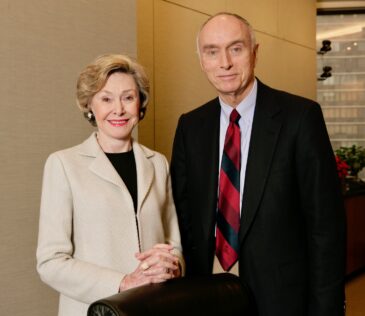
© 2007 Richard Termine
The huge question that begs for collective action from leaders such as the Center is, how can the original digital promise be reframed into a powerful engine for restorative justice and equity? Joan Ganz Cooney and Lloyd Morrisett, the co-founders of Children’s Television Workshop (now Sesame Workshop) created Sesame Street with a vision to close the educational gaps between lower-income kids and those from more privileged families? While they sparked an educational media revolution—with literally thousands of educational media organizations populating the globe and remarkable projects from the US to sub-Saharan Africa to refugee camps across the world— their remarkable vision and accomplishments have fallen short of catalyzing transformative progress across the board.
Today, I am a member of the team that is building a new digital learning platform at Noggin, Nick Jr. and Paramount’s early learning initiative. Our vision is to break down the boundaries between learning environments—using digital media less as a main course, and more as a connective tissue that allows kids and parents to travel seamlessly across the now more permeable boundaries of virtual and real-world environments. I remain optimistic that Joan Ganz Cooney’s incredible vision for learning and relationship building—driven by the wonder that children can experience with characters they love—will do more to influence my grandchildren’s world as a more decent and just place for all.
Michael H. Levine is Senior Vice President at Nickelodeon, where he is leading learning and social impact work at Noggin, an industry leader in early childhood education. Previously he was founding executive director of the Joan Ganz Cooney Center, an independent research group founded by Sesame Workshop focused on fostering innovation in children’s learning through digital media and Sesame Workshop’s first Chief Knowledge Officer.
